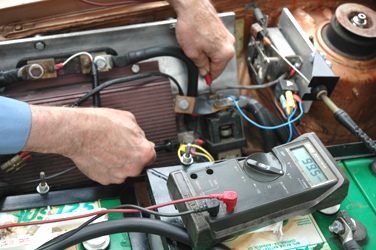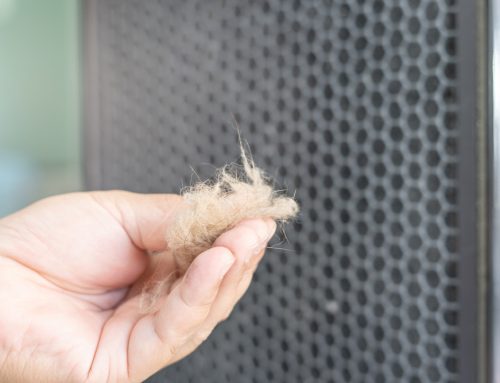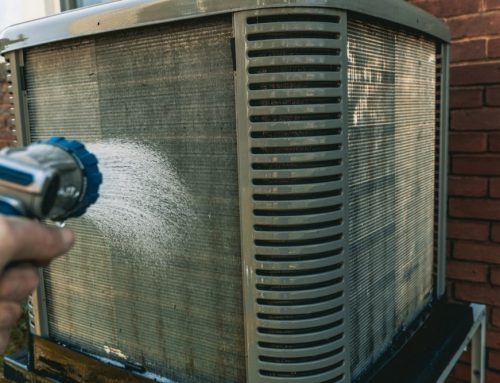Troubleshooting techniques
we have been discussing are very applicable to refrigeration equipment because the constituent parts are connected in a linear fashion. Faults can be located using cause-and-effect reasoning and the half-splitting procedure. The basic physics is interesting but a little counter intuitive. How can the application of energy cause there to be less energy (molecular motion = heat) at a certain location? Because of two heat-transfer events, energy is moved from one location, the refrigerated container, to another location, the outside world, where the heat is dissipated.
Underlying this is a consequence that follows from Boyle’s law. Robert Boyle (1627–1691) regarded acquisition of knowledge an end in itself. He formulated the law named after him, which may be stated as: “For an ideal gas kept at a fixed temperature, pressure and volume are inversely proportional.” We shall see how refrigeration equipment is able to lower the temperature within a confined area by compressing a refrigerant outside of that area, allowing it to cool, and then moving it into the area to be cooled and decompressing it.
The principle parts of a refrigeration system are:
- The compressor
- The condenser
- The evaporator
The compressor is generally driven by an electric motor, most commonly 240-volt for small units and three-phase for larger ones. Years ago, there was a V-belt drive. This arrangement had the disadvantage that the compressor often developed a leak around the shaft, the seal having a finite life expectancy. To remedy this flaw, the hermetically sealed combination pump-compressor unit was developed and it is used today in most commercial-scale applications. Pump and motor are in a single enclosure and they run submerged in refrigerant.
If you are interested in getting a new HVAC San Diego , CA home, there are a lot of new ways to do that. Give Atlas Heating & Air Conditioning Inc a call today at (877) 452-8527, so that we can get the process started for you.




